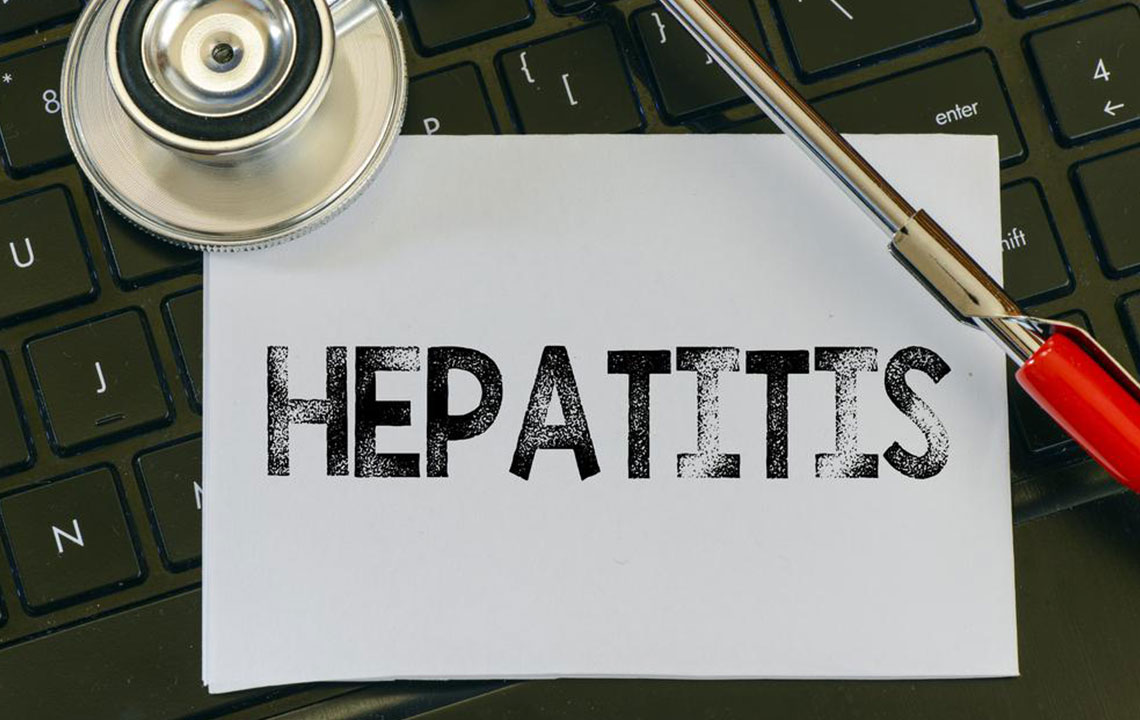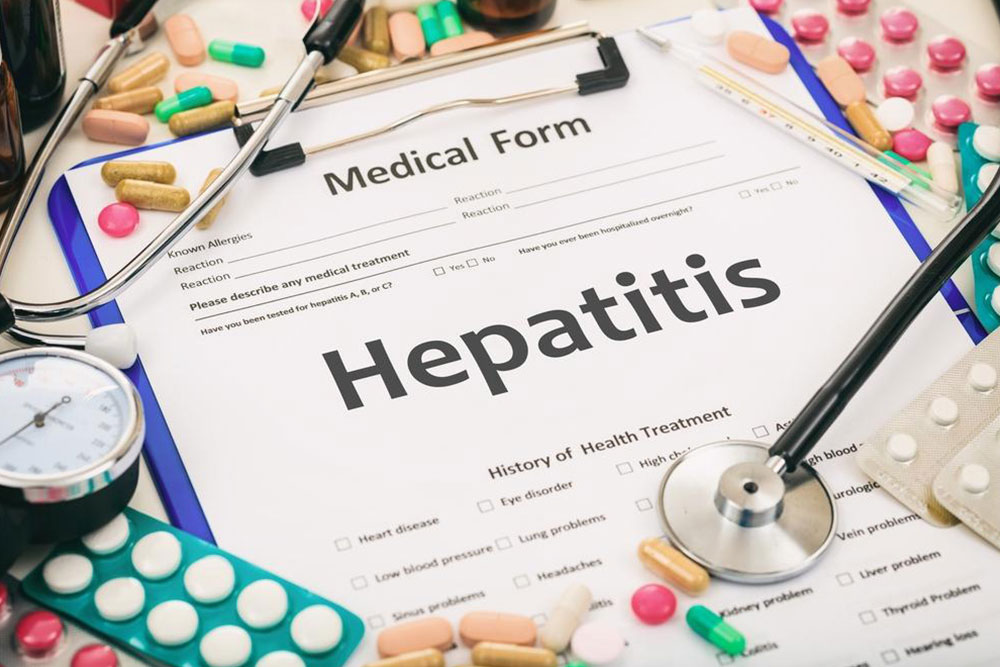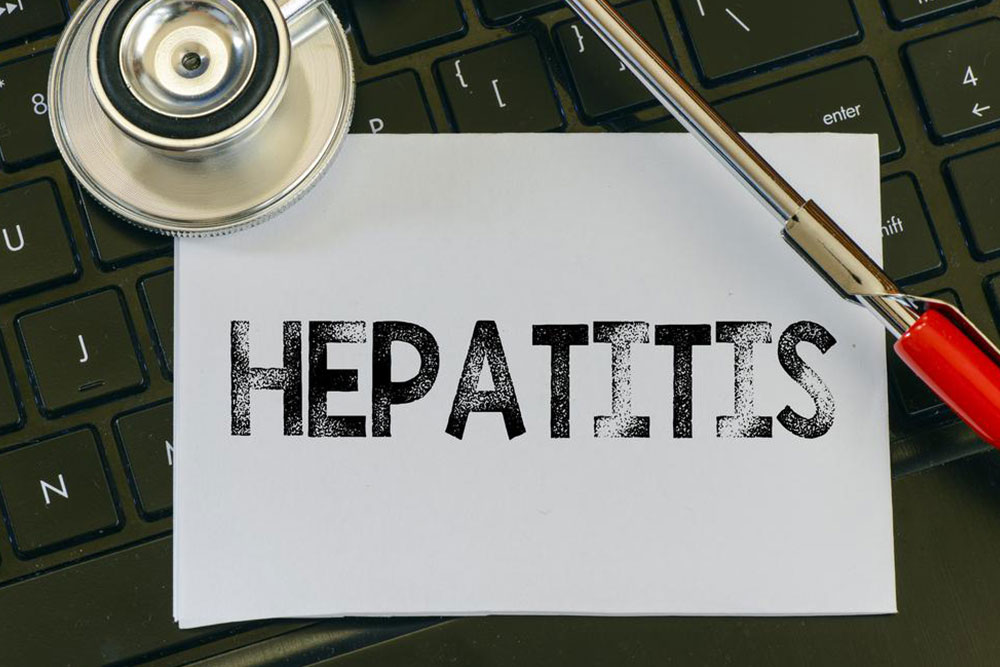Key Signs and Symptoms of Hepatitis C Infection
This article highlights the key symptoms of hepatitis C, emphasizing its often silent progression and highlighting signs such as jaundice, fatigue, and abdominal swelling. Understanding these symptoms aids early detection and prevention, reducing long-term complications.

Recognizing the Indicators of Hepatitis C
Hepatitis involves inflammation of the liver caused by several factors, primarily hepatitis viruses A, B, and C. Additional causes include infections, certain medications, and toxins.
Hepatitis C stands out as a particularly serious form. It presents in two stages: acute and chronic. While acute hepatitis C often clears on its own and poses less risk, chronic hepatitis C can last a lifetime, often resulting from untreated initial infections.
This disease is frequently asymptomatic in its early phases, making diagnosis difficult. Symptoms might develop years after infection, sometimes taking 6 weeks to a decade to appear as liver damage advances.
Initial infection may be symptom-free, but when symptoms occur, they can include:
Stomach discomfort and vomiting caused by liver impact.
Sudden fever following infection.
Constant fatigue and weakness even with minimal effort.
Loss of appetite leading to exhaustion.
Nausea and vomiting from liver dysfunction.
Changes in bowel habits, including irregularities.
Accumulation of fluid in the abdomen (ascites) resulting in bloating.
Stomach swelling due to gas or fluid buildup.
Confusion, drowsiness, slurred speech, and memory issues indicating hepatic encephalopathy.
Spider-like blood vessels visible beneath the skin.
Yellowing of the skin and eyes (jaundice), dark urine, and overall discomfort.
Muscle and joint pains.
Blood present in stool, suggesting internal issues.
Unintentional weight loss often accompanied by other symptoms.
Easy bruising and bleeding tendencies due to clotting problems.
The severity and presence of symptoms vary depending on disease progression. Often, early stages are asymptomatic, complicating detection. Transmission mainly occurs through sharing contaminated needles, unprotected sexual activity, or unsafe tattooing. Preventive measures are vital to reduce infection risks.


